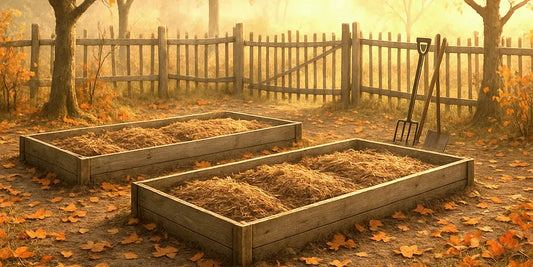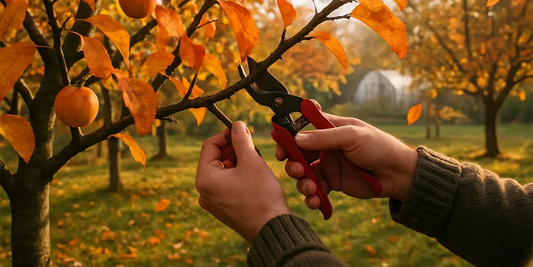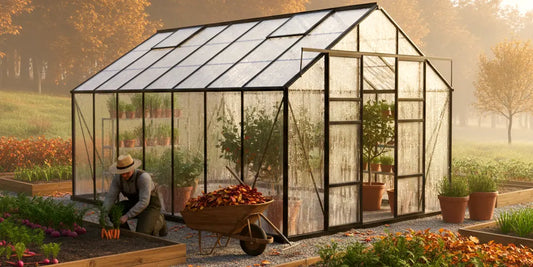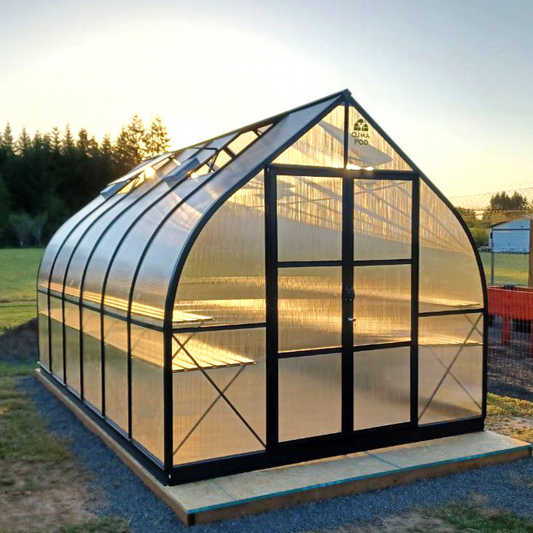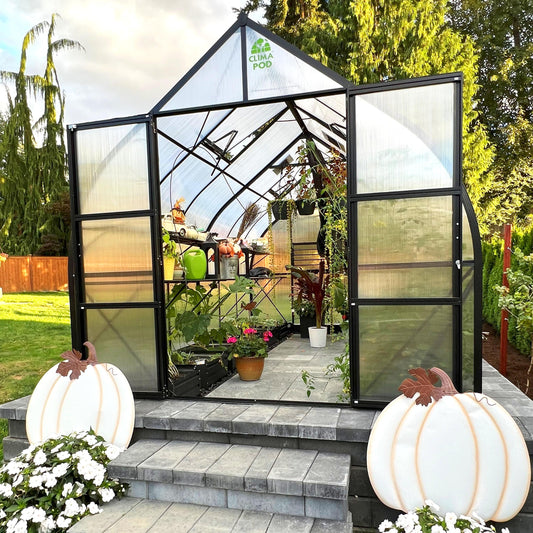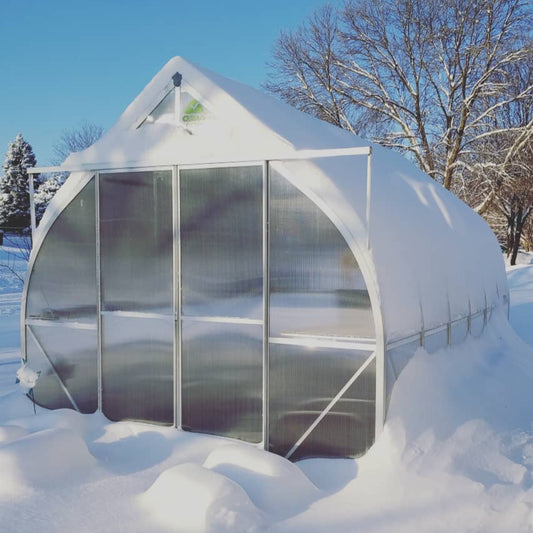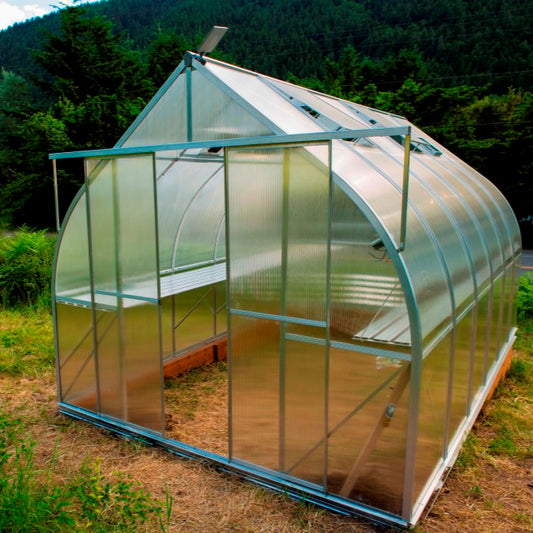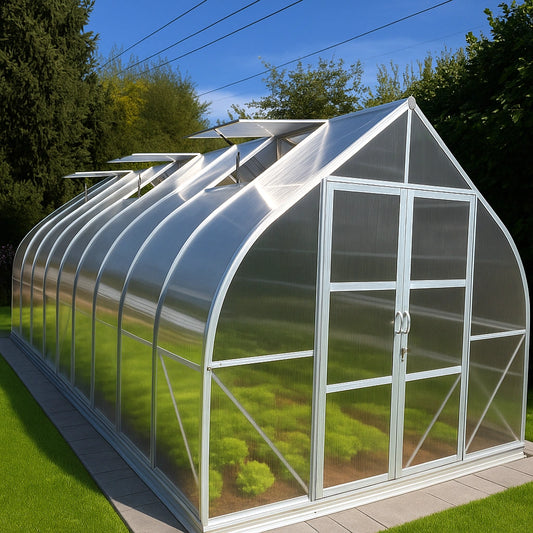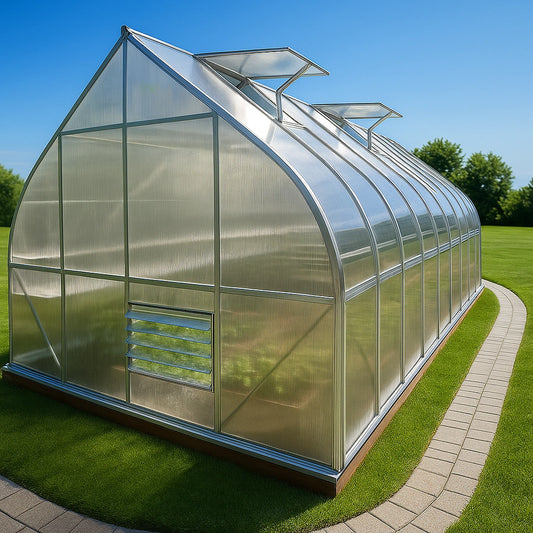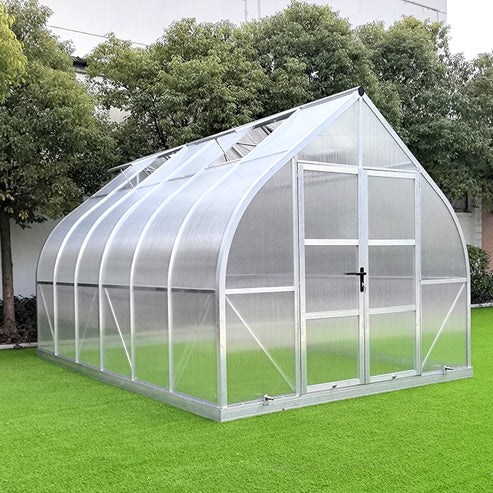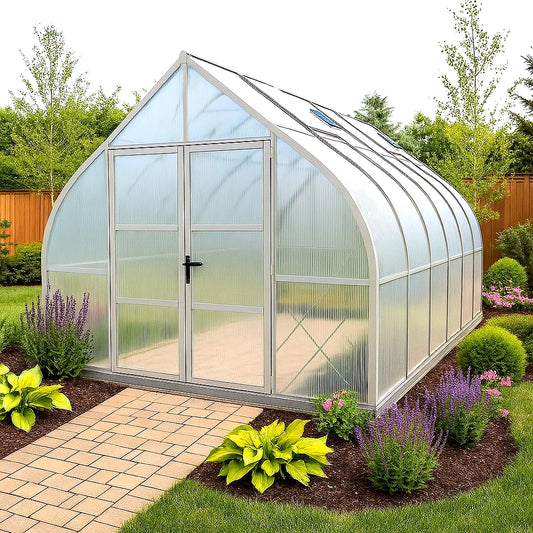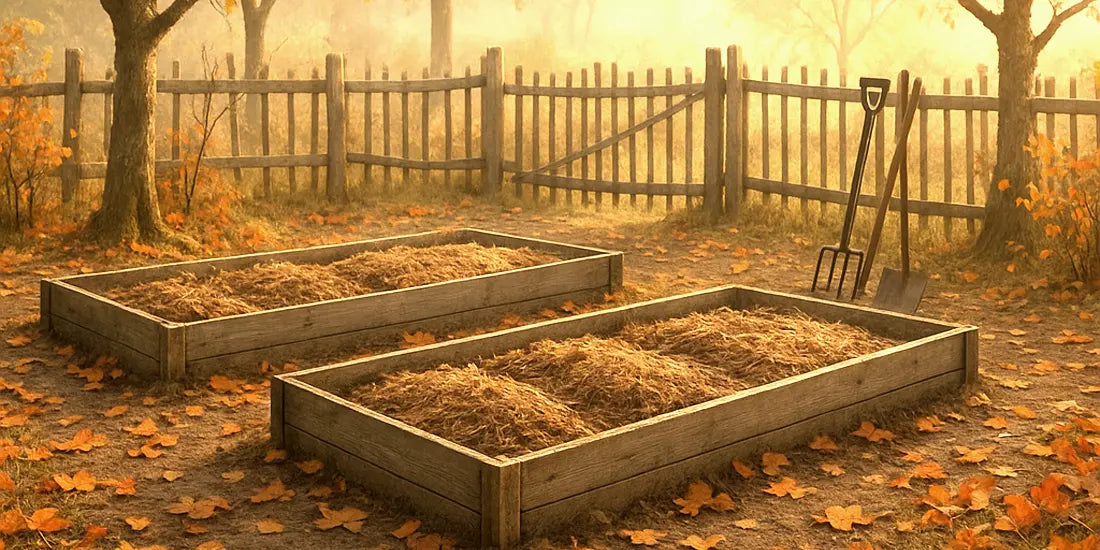
How to Turn Fallen Leaves into Valuable Compost
Healthy soil is the foundation of a productive garden. Over time, plants deplete nutrients from the ground, but instead of relying solely on store-bought fertilizers, you can make your own rich organic compost using what nature gives you every fall -- fallen leaves.
Leaf compost is easy to make, environmentally friendly, and helps create fertile, well-structured soil for your garden or greenhouse.
Benefits and Drawbacks of Leaf Compost
Leaf mold, or compost made from decomposed leaves, is highly valued among gardeners for its simplicity and effectiveness. Rather than burning or disposing of leaves, you can recycle them into a natural soil conditioner.
Advantages of Using Leaf Compost
- 🍂 Free and abundant material. Every fall, leaves are plentiful on any property.
- 🌱 Eco-friendly. 100% natural and chemical-free.
- 🌾 Improves soil structure. Makes it looser, better aerated, and more moisture-retentive.
- 🦠 Encourages beneficial microbes. Supports healthy soil biology.
- 💧 Enhances water retention. Especially valuable for sandy or light soils.
- 🌻 Versatile use. Works as both mulch and compost amendment.
However, to get these benefits, the compost must be made correctly, it needs air, moisture, and time to decompose properly. Leaf compost is relatively low in nitrogen, so it’s ideal for early-season soil conditioning or as a mulch, but not as the sole fertilizer throughout the season.
Important Considerations
Leaf compost tends to be slightly acidic. If your soil is already acidic, check its pH before applying and, if necessary, add lime or wood ash to balance it.
Not all leaves are suitable for composting. Some tree species contain tannins or natural herbicides that slow down decomposition or inhibit plant growth.

Good leaves for composting: fruit trees, maple, birch, ash.
Leaves to avoid:
- Oak
- Walnut
- Sumac
- Hazelnut
- Smoketree
- Blueberry leaves
Walnut and oak leaves contain compounds that can harm seedlings, so compost them separately if at all.
How to Build a Simple Compost Bin

You can make leaf compost in piles, bins, or any container that allows airflow and moisture. The easiest option is to build a simple bin yourself using wooden pallets, wire mesh, or boards. You can also repurpose barrels, old tubs, or heavy-duty bags.
Modern compost bins are available in garden stores, they have ventilation slots and drainage holes for excess moisture, and some even have hinged lids for easy access.
DIY tip: Leave small gaps between boards for air circulation. A removable front panel or section makes turning the pile easier.
Step-by-Step Composting Process
To make high-quality leaf compost, you need the right balance of air, moisture, and organic materials. Simply piling up leaves will take years to break down. Follow these steps instead:
- Add a starter: Mix in a few shovelfuls of garden soil or finished compost to introduce beneficial microbes.
- Layer nitrogen-rich materials: Combine leaves with grass clippings, vegetable scraps, or manure to speed decomposition.
- Boost with nitrogen fertilizer: Dissolve 2 tbsp of urea or ammonium nitrate in 2 gallons of water and sprinkle over the pile a few times per season.
- Balance acidity: Add a handful of garden lime or dolomitic lime with each new layer if your leaves are very acidic.
- Layer properly: Keep leaf layers 8–12 inches thick, alternating with green materials or soil.
- Keep it moist: Sprinkle with water as needed: the pile should feel like a wrung-out sponge.
- Turn the pile 2–3 times per season: This adds oxygen and speeds up decomposition.
- Optional accelerator: Use compost activators or EM (Effective Microorganism) solutions to shorten the process.
Depending on conditions, your leaf compost will be ready within 6–12 months, or even sooner if you regularly turn and moisten it.
How to Tell When Compost Is Ready
Fully matured compost should be dark brown, crumbly, and earthy-smelling like forest soil. You should no longer be able to recognize the original leaves.
Undecomposed compost (with visible leaf pieces) can still be used for mulching beds or improving soil texture before winter. Over time, it will finish decomposing in the soil.
Leaf compost can take 1–2 years to mature naturally, depending on moisture, temperature, and aeration. Using compost activators or turning the pile regularly can cut that time in half.
Final Thoughts
Fallen leaves are one of the most abundant and valuable natural resources in any garden. Turning them into compost helps reduce waste, improve soil health, and prepare your beds for a productive growing season. Whether you have a small backyard garden or a large farm, making leaf compost is a sustainable and rewarding fall project.

